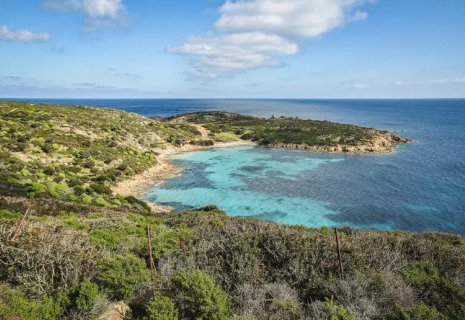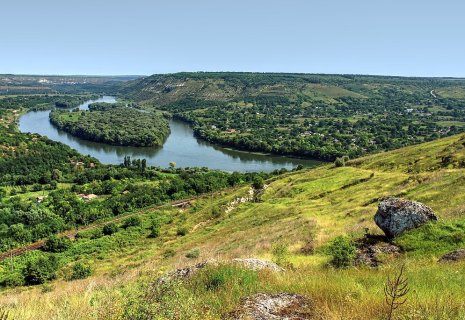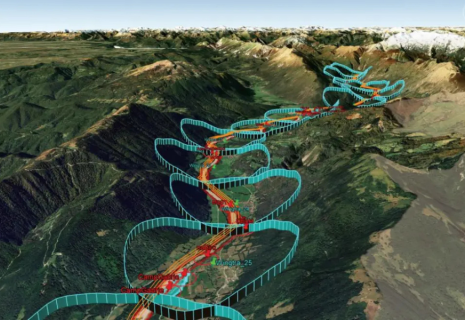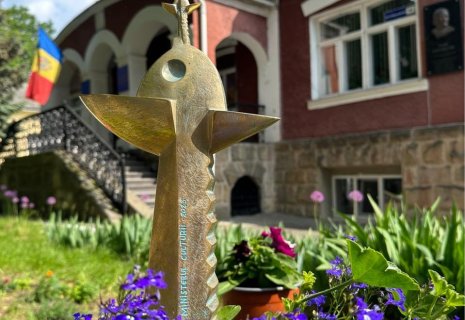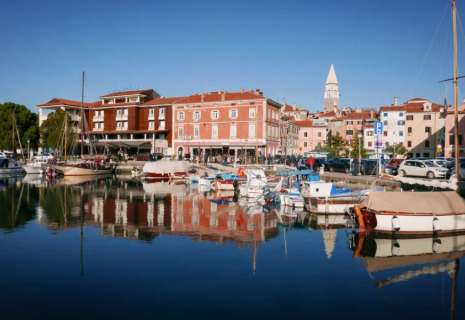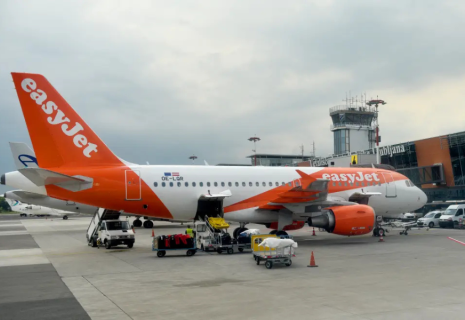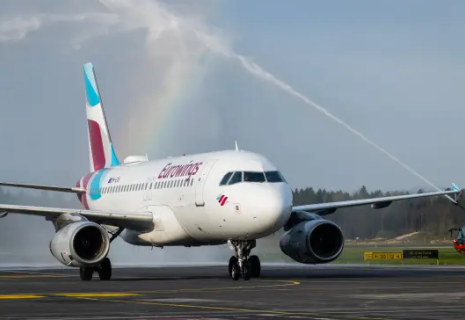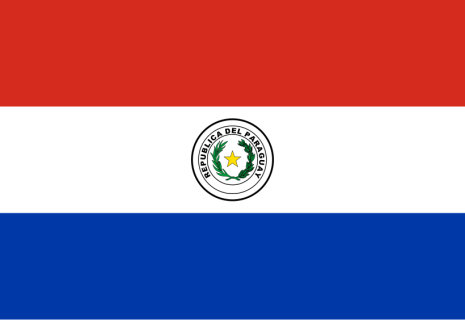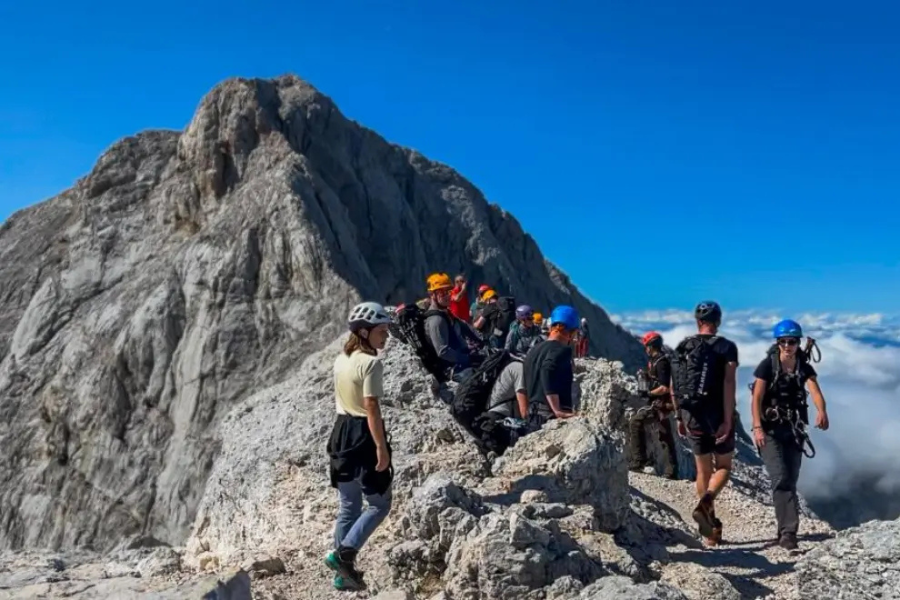
Slovenia's largest natural reserve considers visitor restrictions
Experiencing increasing pressure from overtourism, the Triglav National Park, Slovenia's largest natural reserve, is considering visitor restrictions, a suggestion many are bound to take issue with.
The situation is most dire atop Mount Triglav, the nation's highest peak and a major attraction, where crowded paths have become a safety risk, CE Report quotes The Slovenia Times.
Up to 70,000 people are estimated to scale Triglav every year, but they are not dispersed evenly throughout the year or even the summer season. Instead, visitor numbers soar on sunny days.
"It's hard to say that scaling Triglav is still a beautiful experience. We're reaching a phase where as a society we'll come to realise that something must be done, even though some of the measures may not be popular," Majda Odar, the head of the Triglav National Park's information and education centre, said.
Considering the overcrowding during peak season, action will have to be taken - not just for environmental but also for safety reasons, the park representatives argue echoing the national Mountain Rescue Association's concerns about the rising number of deadly accidents.
But capping visitor numbers at the Triglav destination will require a broad social consensus, according to Odar.
"This is about shared responsibility to this site, which being not only the centre of the park but also a national symbol deserves being treated with respect."
Triglav National Park director Tit Potočnik explained why the mountain has been such a big draw for hikers.
"Triglav equals national pride. It is the mountain you are supposed to scale if you want to call yourself Slovenian. People from elsewhere also want to climb it because it is a myth, a legend known far and wide."
Crowds found to be worst part of Mt Triglav experience
A 2018 study showed that three out of four visitors find crowds to be the worst part of their Triglav experience.
"The conditions are chaotic. People ascending, people descending, unable to pass each other, bickering over who should let the other pass," Potočnik illustrated.
"The situation is disorganised, unsupervised, unregulated and harmful to the environment and to the people ... At peak periods, scaling Triglav is more or less a stressful experience. I believe it is the job of the [park] operator to make sure the experience is not stressful, that it is safe and does not harm the environment."
The natural reserve is planning to calculate visitor capacities for the most popular parts of the park, including Mt Triglav. After that it will be up to the park and the government to explain to the public why restrictions are necessary, Potočnik said.
One of the possible solutions to protect the environment and ensure climber safety would be a daily visitor cap, which would require a booking system and oversight.
Elsewhere in the park, spanning a large part of the Julian Alps, restrictive measures for motorists have been put in place, most notably in the Vrata Valley, a popular starting point for hikers planning to climb Mount Triglav. At the moment, a new traffic regime is being tested on the Vršič mountain pass, where limited car park capacities often lead to traffic jams.
It is estimated that some 1.5 million people visit the park every year. The most popular points are the Tamar Valley, the Martuljek waterfalls, the Peričnik waterfall, the Pokljuka plateau and several locations in Bohinj and the Soča Valley.



